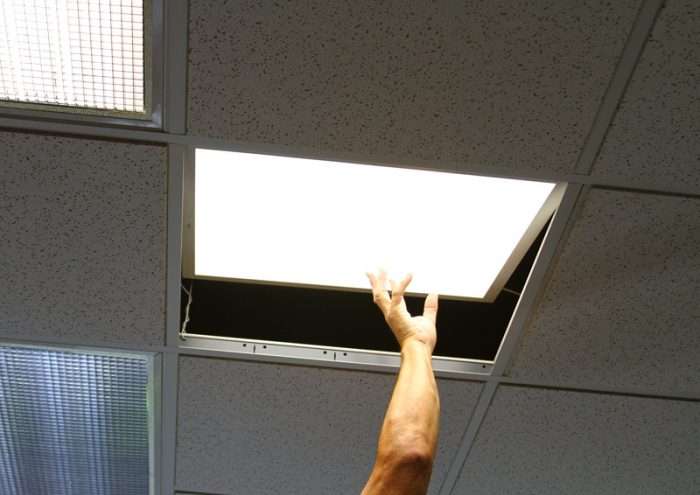Even though LED lights are the obvious choice when you want to reduce energy costs while improving your bottom line, questions can arise about how a new LED light system will interact and affect existing systems in a facility. There are certain aspects that need special consideration, but often, LED lights pair well with and complement existing systems.

LED fixtures and other existing systems
One advantage of LED lights is that they produce virtually no heat. With other lighting options, heat output must be considered. A well-designed SSL system should produce less heat than traditional lighting options and shouldn’t have any impact on a facility’s cooling or heating costs. This, in turn, will help reduce the energy costs for a building.
To implement a well-thought-out LED light design, use LED lights from a quality supplier that can provide data specifying the junction temperature of the LEDs. Additionally, you will need to be aware of the proper thermal management within the luminaire and choose a LED lighting that pairs with the ambient operating temperature of the fixtures that you will be using.
LED lights and other facility systems
While LED lights are often used for their energy efficiency and long lifespan, they have additional benefits that make them an excellent choice for specific applications within warehouses, factories, and office buildings. Cold storage and vibrations are two applications that are a perfect fit for LED lights.
LED lights love the cold. In fact, their performance improves in lower temperatures, while other lighting options tend to have reduced performance in the cold.
Because LED lights don’t have any hazardous materials, they are environmentally a better choice if the light breaks.
In regard to vibration challenges, LED lights are solid-state lighting and do not contain glass or filament parts. The risk of mechanical failure or breakage caused by vibration is significantly reduced.
